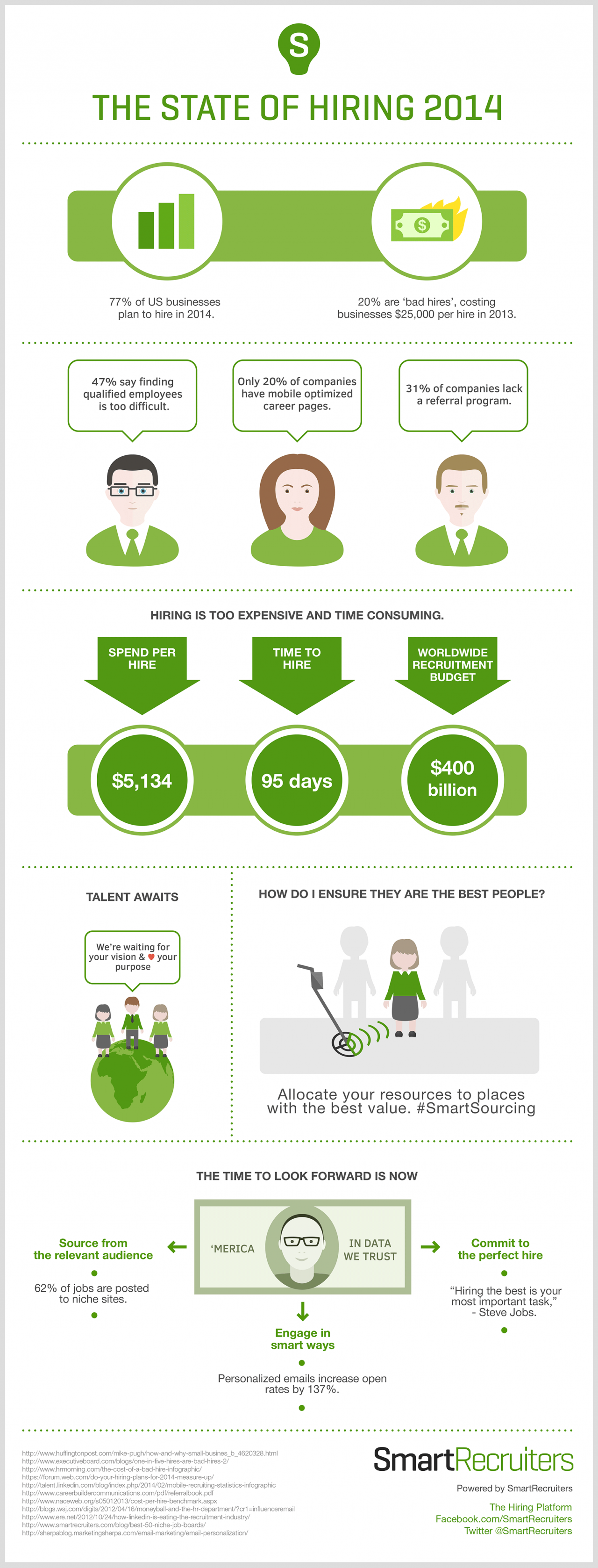Top talent is very much in demand these days. For a good reason: it is the main source of sustainable competitive advantage — especially in the high tech sector, which competes on innovation.
The trouble is, however, that top talent is scarce, particularly in hot sectors like big data management, e-commerce, and social media advertising.
That’s why it takes a great deal of time to identify and recruit top talent in these sectors.
Unless you acquire top talent by the dozen—by buying up companies that have already amassed the talent you are looking for.
That has been the case with Publicis’ acquisition of Sapient Corporation (NASDAQ:SAPE) recently for $3.7 billion.
“Publicis will add nearly 13,000 Sapient people to its existing staff of 62,000, and many of them are experts in everything digital, including designing Web sites, coding and analyzing data to better target ads to consumers” writes Wall Street Journal’s Ruth Bender. “This comes in handy at a time when advertising companies are having trouble maintaining or recruiting tech-savvy people.”
Does it work?
It depends on the prevailing cultures of the acquirer and the would-be acquired companies.
When both sides are immersed in an open-minded culture that espouses innovation, the strategy works (Google GOOG -0.67%’s merger with Nest comes to mind). But when the acquirer is immersed in a conservative culture and then acquires a liberal culture, the strategy may not work (the merger of Bank of America BAC +1.82% with Merrill Lynch comes to mind).
Compounding the problem is the fact that acquiring talent by the dozen may be too expensive, as acquirers end up paying larger and larger sums for target companies.
And it may be “behind the curve”–lead to the buying up of the wrong talent, if the acquirer purchases the industry loser rather than the winner (e.g., Hewlett-Packard HPQ +0.33%’s acquisition of Palm).
That’s why every other decade large companies end up getting rid of the smaller companies they acquired in a previous decade.
As legendary investment manager Peter Lynch put it, “Every second decade the corporations seem to alternate between rampant diworseification (when billions are spent on exciting acquisitions) and rampant restructuring (when those no-longer-exciting acquisitions are sold off for less than the original price).”
“The same thing happens to people who buy sailboats.”
“These frequent episodes of acquiring and then regretting, only to divest and acquire and regret once again, could be applauded as a form of transfer payment from the shareholders of the large and cash-rich corporation to the shareholders of the smaller equity being taken over, since the large corporations so often overpay.”
Cisco Systems CSCO +0.35% is a large technology company that comes to my mind.
Simply put, what arrives by the dozen may end up leaving by the dozen. That’s certainly not the best way to treat top talent.
That’s why I would be very skeptical of mergers and acquisitions that target human rather than physical assets.
Share this infographic on your site. Copy and paste the code below.
